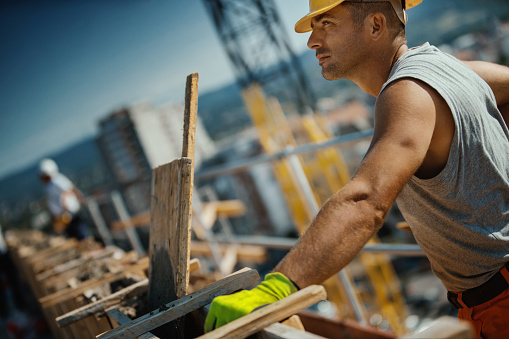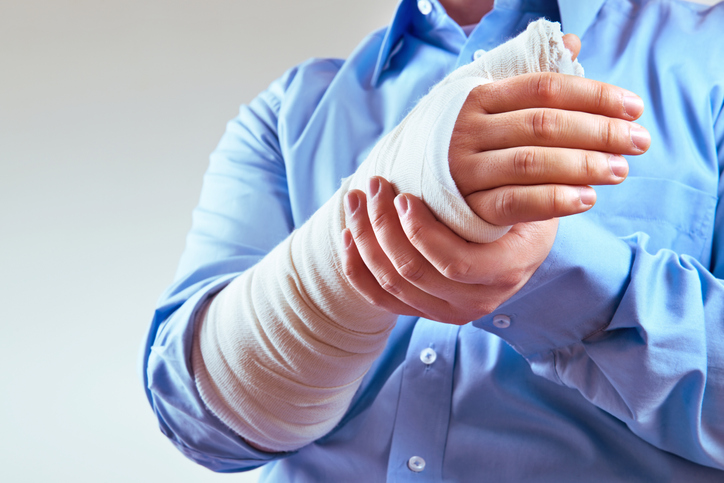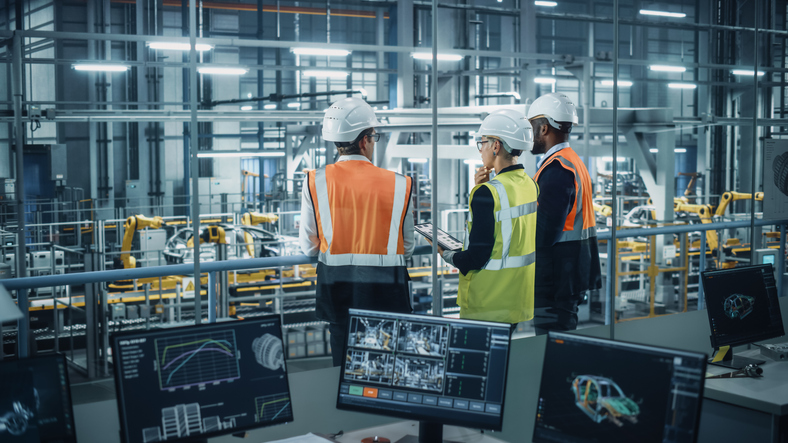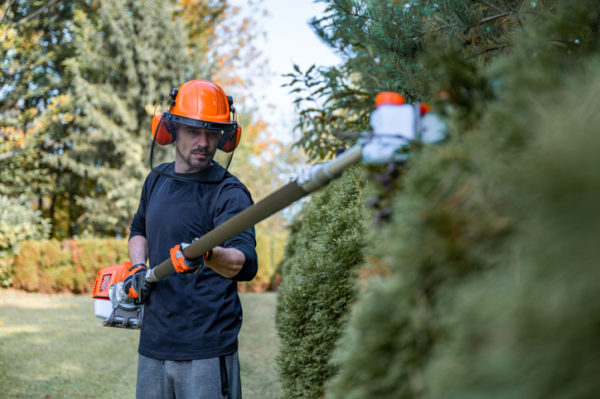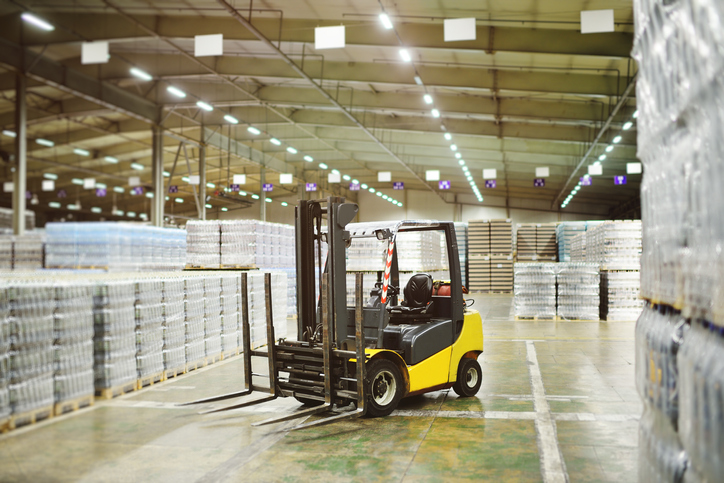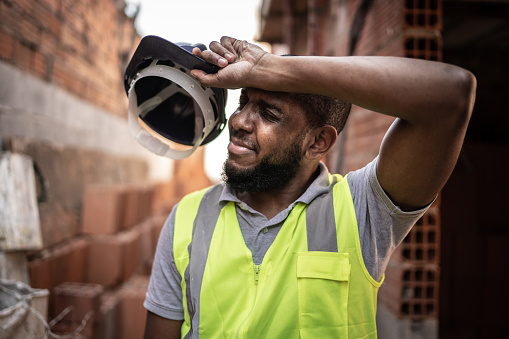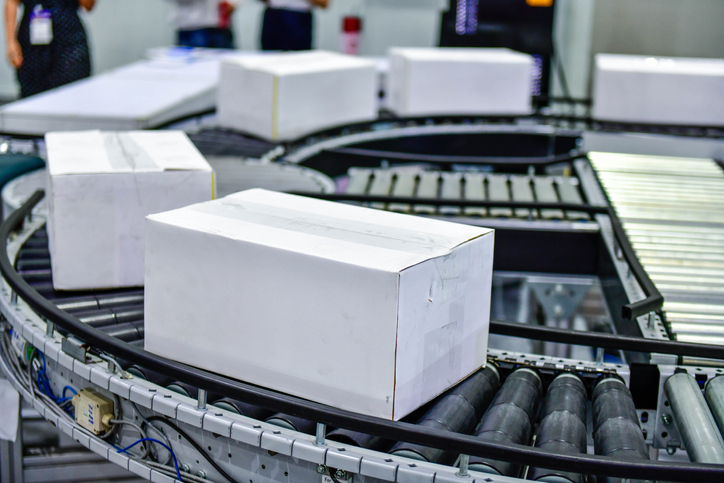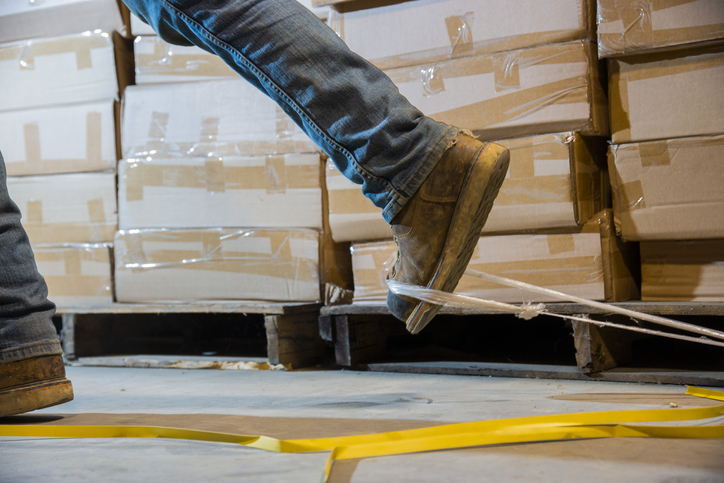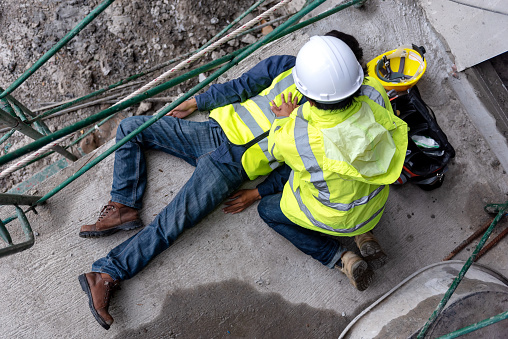Medical Treatment Being Delayed by Workers’ Comp? Here’s What To Do
If you become sick or injured due to a work-related injury or illness, you deserve to get the medical care and support you need to fully recover. That’s why many people file for workers’ compensation benefits.
Unfortunately, getting the benefits and medical care you deserve can become much more complicated than you might expect. And one of the reasons why are delays caused by workers’ compensation insurance companies.
Why does this happen? And what can you do to respond? Below, you can find the answers to these questions and many more, courtesy of workers’ compensation attorneys with years of experience handling complex legal cases in Rhode Island and Massachusetts.
How workers’ compensation insurance companies delay medical care
Workers’ compensation is a form of insurance all employers must have in Massachusetts and Rhode Island. If you sustain an injury at work or develop an occupational illness, you should receive medical care (including surgery, physical therapy, and follow-up doctor’s appointments) designed to help you recover from your work-related injury or illness. Workers’ compensation may also provide cash payments if you need time off from work to recover from your injury or illness.
Unfortunately, some workers’ compensation insurance companies do the opposite. Their actions result in delays in medical treatment and testing. As a result, you might have to wait a long time to get the medical care you need to recover. Such delays can involve:
- Taking longer than average to investigate whether you got sick or hurt at work. In Massachusetts, insurance companies have up to 14 days to approve a workers’ compensation claim. In Rhode Island, insurance companies need to do the same within 10 days. However, in certain circumstances, companies may be able to ask for an extension and take longer to approve an application for workers’ compensation benefits.
- Delaying scheduling medical appointments to diagnose what’s wrong with you. For example, you might need an MRI or CT Scan but have to wait weeks for one to find out what type of work-related injury or illness you sustained on the job.
- Questioning the doctor you want to treat your illness or injury. Often, insurance companies will claim they can choose your doctor. Don’t believe them. You have the right to see the doctor you want in Massachusetts and Rhode Island. It’s the law.
- Processing delays by the insurance company. For example, your employer’s workers’ compensation insurance company might take a long time to process payments for your medical care, resulting in a delay in follow-up medical treatment.
There are many other ways business and insurance companies can try to delay providing you with the medical care and support you need and deserve under workers’ compensation. When this happens, make sure you take action to protect your rights. Make sure you contact an experienced workers’ comp lawyer right away.
What to do in response
You can do many things if you are not receiving the medical care and support you need for your work-related injury or illness. Such steps include:
- If your employer does not notify your workers’ compensation insurance company within 30 days of your work-related injury or illness, notify your insurance company directly.
- If your workers’ compensation insurance company denies your application for benefits, you can file an appeal.
- In Massachusetts, you will file your workers’ compensation appeal with the Massachusetts Department of Industrial Accidents (DIA).
- In Rhode Island, you will file a petition with the Rhode Island Workers’ Compensation Court to appeal your denial of benefits.
- Stay focused on recovering from your work-related injury or illness. If you have a severe injury that requires medical care, demand to see a doctor.
- Keep records of all your medical treatment, including copies of all medical bills and written prescription medications.
- Hire a workers’ compensation lawyer as soon as possible after you get sick or hurt at work.
Why you need a workers’ compensation attorney
You are entitled to receive workers’ compensation benefits if you sustain a severe injury while on the job or develop an occupational illness. That’s the law in Massachusetts and Rhode Island. That’s why it’s critical that you meet with an attorney at our law firm.
Our workers’ compensation lawyers at the Law Offices of Deborah G. Kohl have been helping people get the support they need for years in Rhode Island and Massachusetts. As a result, we know how the legal system works here, and we’re prepared to do the work that needs to be done for you.
Learn more about your legal rights. Contact our law firm and schedule a free case evaluation with a workers’ compensation attorney focused on winning your case. We have three offices conveniently located in Rhode Island and Massachusetts and handle workplace injury claims in both states.
Leave a Comment »
